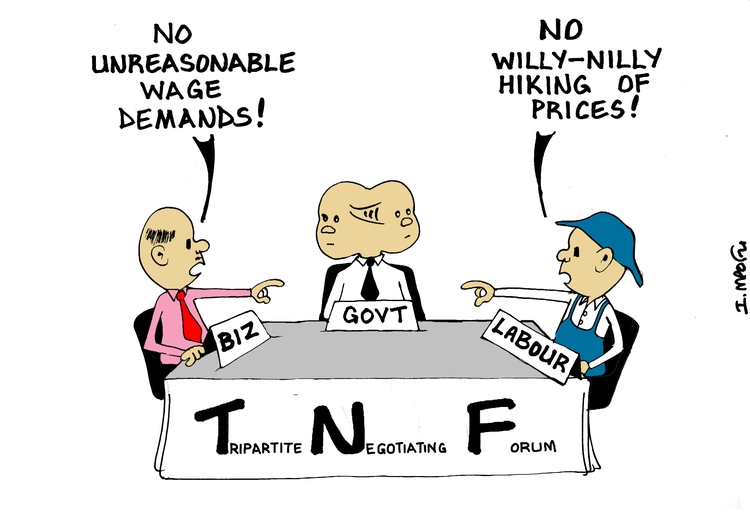Revitalisation of Zim dairy industry on course
Michael Magoronga Midlands Correspondent
Government is pressing ahead with efforts to resuscitate the local dairy industry which is currently operating below capacity through a programme that is meant to ensure self-milk sufficiency by 2020.
Zimbabwe requires 150 million litres of milk per annum yet the local dairy industry is only able to supply 70 million litres with the balance being imported.
Two years ago, Government launched a five-year Dairy Revitalisation Programme to make the country self-sufficient in terms of milk amid hopes that the dairy sector will ramp up production and target some 200 million litres of milk by 2020.
The strategy has since started yielding results as the local supply has risen from 65 million litres some two years ago to 70 million litres last year.
In an interview on the sidelines of the International Milk Day celebrations at Mbuya Saunyama Orphanage Centre in Kwekwe recently, chief director of Veterinary Services in the Ministry of Lands, Agriculture, Water, Climate and Rural Resettlement Dr Unesu Ushewokunze-Obatola said the country has resorted to importing milk but said Government was not going back on the DRP strategy.
“From about two to three years ago, we have been facilitating farmers to try and import breeding material, heifers under the DRP so that we grow our national herd. That programme is still ongoing and as Government we are committed to seeing our national dairy herd grow,” she said.
Currently the national dairy herd stands at 30 000 against an envisaged 50 000 dairy cattle.
Dr Ushewokunze-Obatola said the Dairy Resuscitation Fund has also come in and ensured that farmers import the required milk to support the milk supply in the country and also breeding material and heifers.
She said with the economic environment, it has become almost impossible for the country to raise enough foreign currency to import the required milk and as a result Government has been pushing to empower the local farmers.
“Our Dairy Services Unit is working with local dairy farmers through the Zimbabwe Dairy Industries Trust on ways of empowering the farmers. When foreign currency is available we always push that they get a portion to necessitate the importation of the required products,” she said.
Dr Ushewokunze-Obatola said the El-nino induced low rainfall during the 2018/19 summer cropping season has increased the need for farmers to import stock feed, which the government was also helping farmers in accessing.
The World Milk Day on June 1 is used to celebrate important contributions of the dairy sector to sustainability, economic development, livelihoods and nutrition.
Zimbabwe has a processing capacity of 400 million litres a year but is currently operating at 40 percent capacity owing largely to high production costs, low cow herd, lack of equipment and poor adoption of modern breeding technologies among other issues.
The country’s annual milk production increased from 150 million litres in 1980 to peak at 256 million litres in 1990 before it plunged to around 55 million litres by 2013.
Its dairy herd declined from about 122 000 in 1990 (with an output of 250 million litres a year) to only 26 000 in 2015, but the Dairy Revitalisation Programme has set the country firmly on a recovery path.






Comments